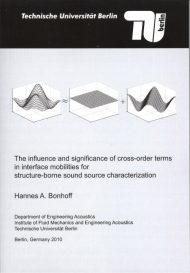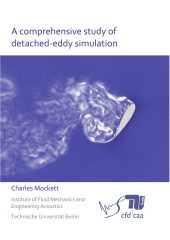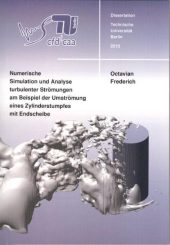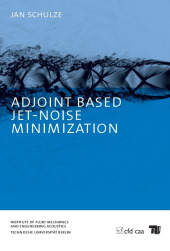The influence and significance of cross-order terms in interface mobilities for structure-borne sound source characterization

Format: 14,8 x 21,0 cm
Publishing year: 2010
The lack of a widely accepted approach for structure-borne sound source characterization in contrast to air-borne and liquid-borne sound sources causes substantial problems in a vast majority of cases in engineering practice. Planning and low-noise design especially at early design stages is severely hampered, thereby effectively preventing lead-time reductions. Thus, a top priority research task is the development of a proper method for the characterization of vibrational sources which would provide the engineer with absolute source data and physical insight. For this task, the approach employing the concept of interface mobilities appears suitable, where the physical installation is subdivided into a series of theoretical orders. The applicability of the interface mobility approach critically depends on the admissibility of neglecting the coupling between different orders which is described by the cross-order terms. Although the cross-order terms can be of importance at certain frequencies, they are found to be insignificant on average and can be neglected with good approximation. The general applicability of interface mobilities for structure-borne sound source characterization thereby is confirmed. A complete set of equations is presented for the calculation of the transmitted power, the vibration amplitude along the interface and the source descriptor and coupling function in terms of interface mobilities.



